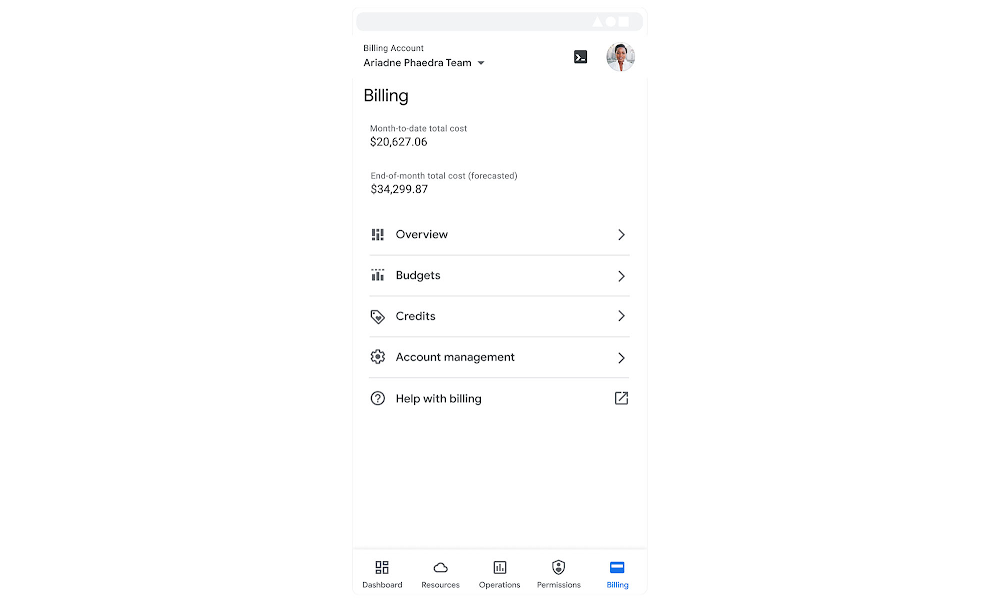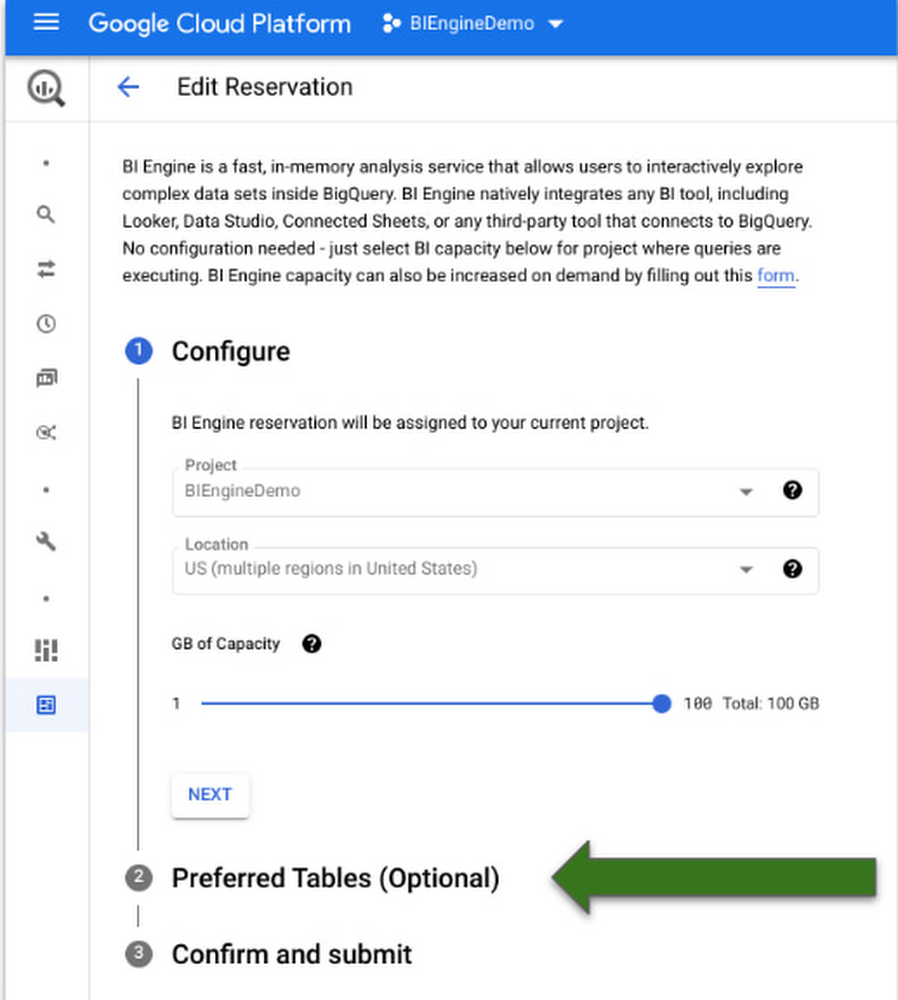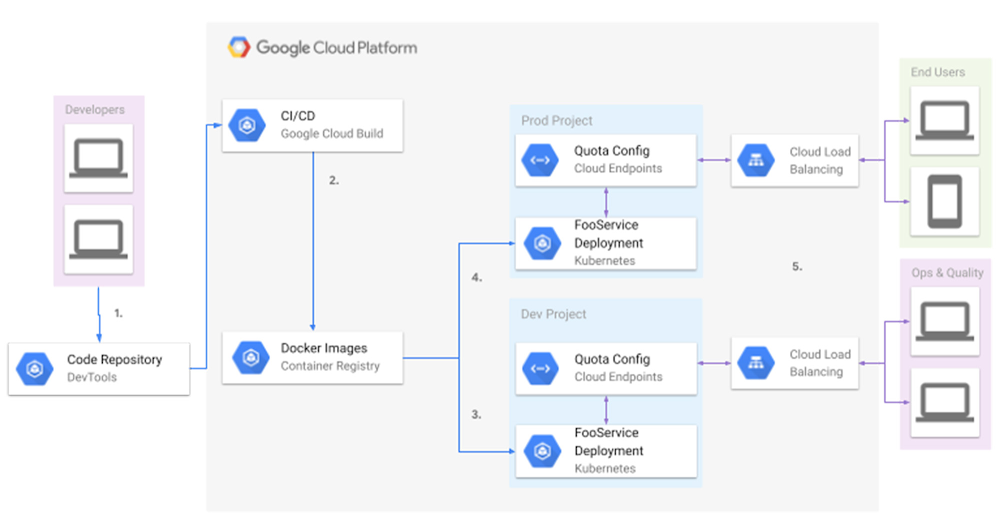Whether you're a new student, a thriving startup, or the largest enterprise, you have financial constraints, and you need to know what you're spending, where, and how to plan for the future. Nobody wants a surprise when it comes to the bill, and this is where Microsoft Cost Management comes in.
We're always looking for ways to learn more about your challenges and how Microsoft Cost Management can help you better understand where you're accruing costs in the cloud, identify and prevent bad spending patterns, and optimize costs to empower you to do more with less. Here are a few of the latest improvements and updates based on your feedback:
Viewing cost in the Azure mobile app
Introducing a new API for configuring cost alerts
Prevent budget overages with action groups common alert schema
Amplify your learning experience in Cost Management
Help shape the future of navigation in Cost Management and Billing
What's new in Cost Management Labs
New ways to save money with Microsoft Cloud
New videos and learning opportunities
Documentation updates
Join the Microsoft Cost Management team
Let's dig into the details.
Viewing cost in the Azure mobile app
The Azure mobile app is like having the portal in your pocket, allowing you to stay connected to your Azure resources on the go. In addition to managing access, checking resource status, monitoring health, and all the other great capabilities, you can also keep an eye on the cost of your subscriptions and resource groups. Simply open any subscription or resource group and scroll down to see cost.
Let us know what you’d like to see next!
Introducing a new API for configuring cost alerts
We’ve talked about how one of the most critical aspects of cost management is staying informed about changes to your costs. You already know how to get alerted when cost exceeds predefined thresholds with budgets and you may have seen that you can subscribe to updates of cost analysis views or subscribe to anomaly alerts from the portal. These are all great resources when getting started, but when it comes to getting set up for success at scale, automation is essential. Now you can automate subscribing to views or anomaly alerts with the ScheduledActions API.
Check out the ScheduledActions API to get started today and let us know what new alerts you’d like to see next!
Prevent budget overages with action groups common alert schema
Speaking of automation, the best way to stay within your budget is to automate actions to minimize cost before you exceed your budget. If you’re interested in setting a hard limit on your budget, configure your budget to trigger an action group. Action groups allow you to run custom scripts that can shut down VMs, archive data, or even delete test resources, giving you ultimate control of your finances to ensure you never get surprised.
Cost Management budget alerts now support the Azure Monitor common alert schema, making it easier than ever to automate actions that keep you under your budget.
Learn more about configuring action groups for your budgets and how the Azure Monitor common alert schema can help.
Amplify your learning experience in Cost Management
Cost can be a daunting topic. Whether you’re just getting started or looking to learn more about specific features, there are many ways for you to learn about features – from our monthly blog posts and smaller feature updates to full product documentation and MS Learn modules to videos on YouTube. And that’s just scratching the surface. In an effort to help streamline your learning experience, you can now explore the many learning options from the Cost Management overview.
Check out Cost Management tutorials yourself and let us know what you’d like to see added.
Help shape the future of navigation in Cost Management and Billing
Do you manage the billing account or monitor cloud costs for your team or organization? We’re exploring navigation pathways for key tasks within the Azure portal and would love to get your feedback in a 30-minute, unmoderated walkthrough.
If you are interested in participating in this study, please contact our research team and we’ll schedule a time.
What's new in Cost Management Labs
With Cost Management Labs, you get a sneak peek at what's coming in Microsoft Cost Management and can engage directly with us to share feedback and help us better understand how you use the service, so we can deliver more tuned and optimized experiences. Here are a few features you can see in Cost Management Labs:
Update: Cost Management tutorials – Now available in the public portal
Whether you’re just getting started or looking to learn more about specific features, tutorials are now a click away from the Cost Management overview in Cost Management Labs.
Product column experiment in the cost analysis preview
We’re testing new columns in the Resources and Services views in the cost analysis preview for Microsoft Customer Agreement. You may see a single Product column instead of the Service, Tier, and Meter columns. Please leave feedback to let us know which you prefer.
Group-related resources in the cost analysis preview
Group-related resources, like disks under VMs or web apps under App Service plans, by adding a “costanalysis-parent” tag to the child resources with a value of the parent resource ID. Wait 24 hours for tags to be available in usage and your resources will be grouped. Leave feedback to let us know how we can improve this experience further for you.
Charts in the cost analysis preview
View your daily or monthly cost over time in the cost analysis preview. You can opt-in using Try Preview.
View cost for your resources
The cost for your resources is one click away from the resource overview in the preview portal. Just click View cost to quickly jump to the cost of that particular resource.
Change scope from the menu
Change scope from the menu for quicker navigation. You can opt-in using Try Preview.
Of course, that's not all. Every change in Microsoft Cost Management is available in Cost Management Labs a week before it's in the full Azure portal. We're eager to hear your thoughts and understand what you'd like to see next. What are you waiting for? Try Cost Management Labs today.
New ways to save money with Microsoft Cloud
Lots of cost optimization improvements over the last month! Here are some of the generally available offers you might be interested in:
NC A100 v4 virtual machines for AI.
DCsv3 and DCdsv3 series virtual machines.
Azure Arc-enabled SQL Managed Instance Business Critical.
Increased size of Stream Analytics jobs and cluster.
Azure Ebsv5 now available in 13 additional regions.
Azure Databricks available in Sweden Central and West Central US.
And here are some of the new previews:
New Cosmos DB features for scalable, cost-effective application development.
Azure Cosmos DB serverless container storage limit increase to 1TB.
16MB limit per document in API for MongoDB.
Autoscale Stream Analytics jobs.
New videos and learning opportunities
Here’s a new video you might be interested in:
MySQL Developer Essentials Season 1 Episode 3: Cost management and optimization (9 minutes).
Follow the Microsoft Cost Management YouTube channel to stay in the loop with new videos as they’re released and let us know what you'd like to see next.
Want a more guided experience? Start with Control Azure spending and manage bills with Microsoft Cost Management.
Documentation updates
Here are a few documentation updates you might be interested in:
New FAQ: When does Azure finalize or close the billing cycle of a closed month?
New tutorial: Update tax details for an Azure billing account.
New tutorial: Elevate access to manage billing accounts.
New tutorial: How to create an anomaly alert.
Added additional details about the anomaly detection model.
Payment updates to account for the Reserve Bank of India regulation for recurring payments.
Split out tutorials for creating subscriptions for EA, CSP, MCA (same directory), and MCA (separate directory).
Marketplace price list in the EA portal has been retired.
Budget API is preferred over Azure PowerShell/CLI.
Want to keep an eye on all of the documentation updates? Check out the Cost Management and Billing documentation change history in the azure-docs repository on GitHub. If you see something missing, select Edit at the top of the document and submit a quick pull request.
Join the Microsoft Cost Management team
Are you excited about helping customers and partners better manage and optimize costs? We're looking for passionate, dedicated, and exceptional people to help build best in class cloud platforms and experiences to enable exactly that. If you have experience with big data infrastructure, reliable and scalable APIs, or rich and engaging user experiences, you'll find no better challenge than serving every Microsoft customer and partner in one of the most critical areas for driving cloud success.
Watch the video below to learn more about the Microsoft Cost Management team:
Join our team.
What's next?
These are just a few of the big updates from last month. Don't forget to check out the previous Microsoft Cost Management updates. We're always listening and making constant improvements based on your feedback, so please keep the feedback coming.
Follow @MSCostMgmt on Twitter and subscribe to the YouTube channel for updates, tips, and tricks. You can also share ideas and vote up others in the Cost Management feedback forum or join the research panel to participate in a future study and help shape the future of Microsoft Cost Management.
We know these are trying times for everyone. Best wishes from the Microsoft Cost Management team. Stay safe and stay healthy.
Quelle: Azure








